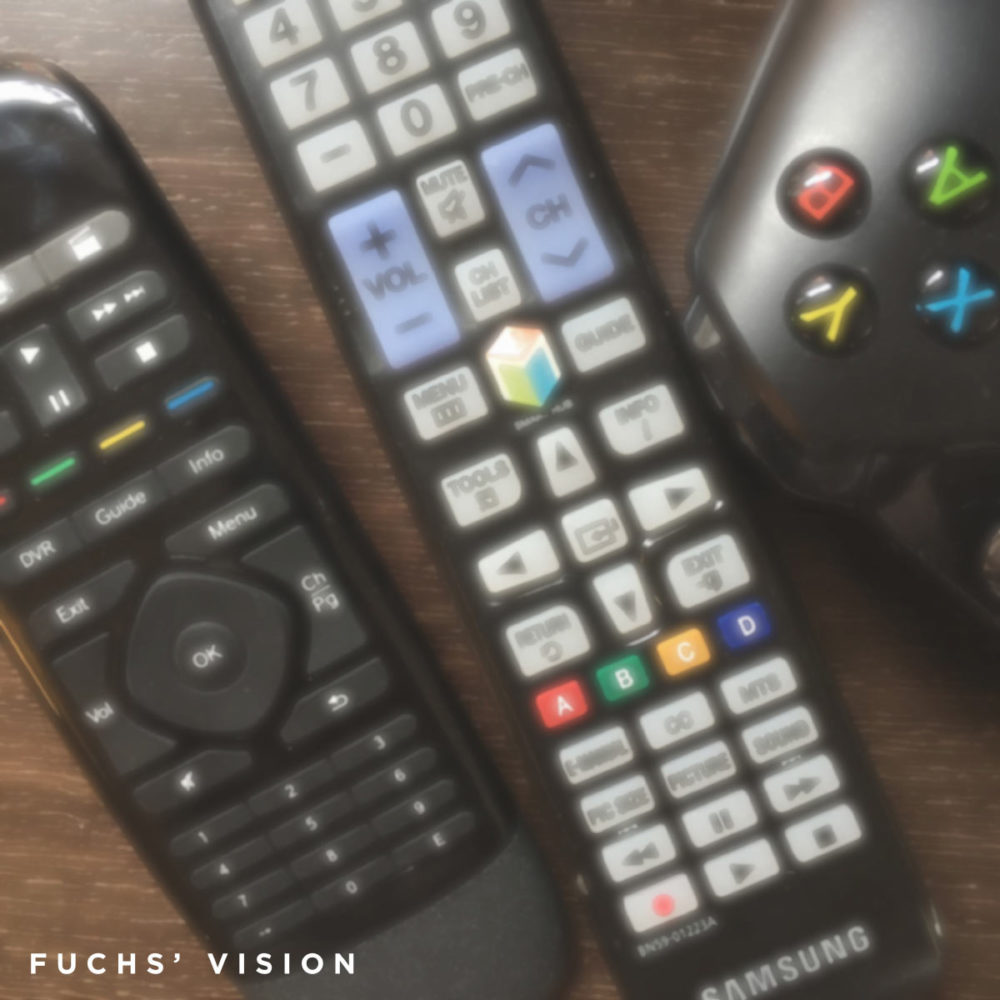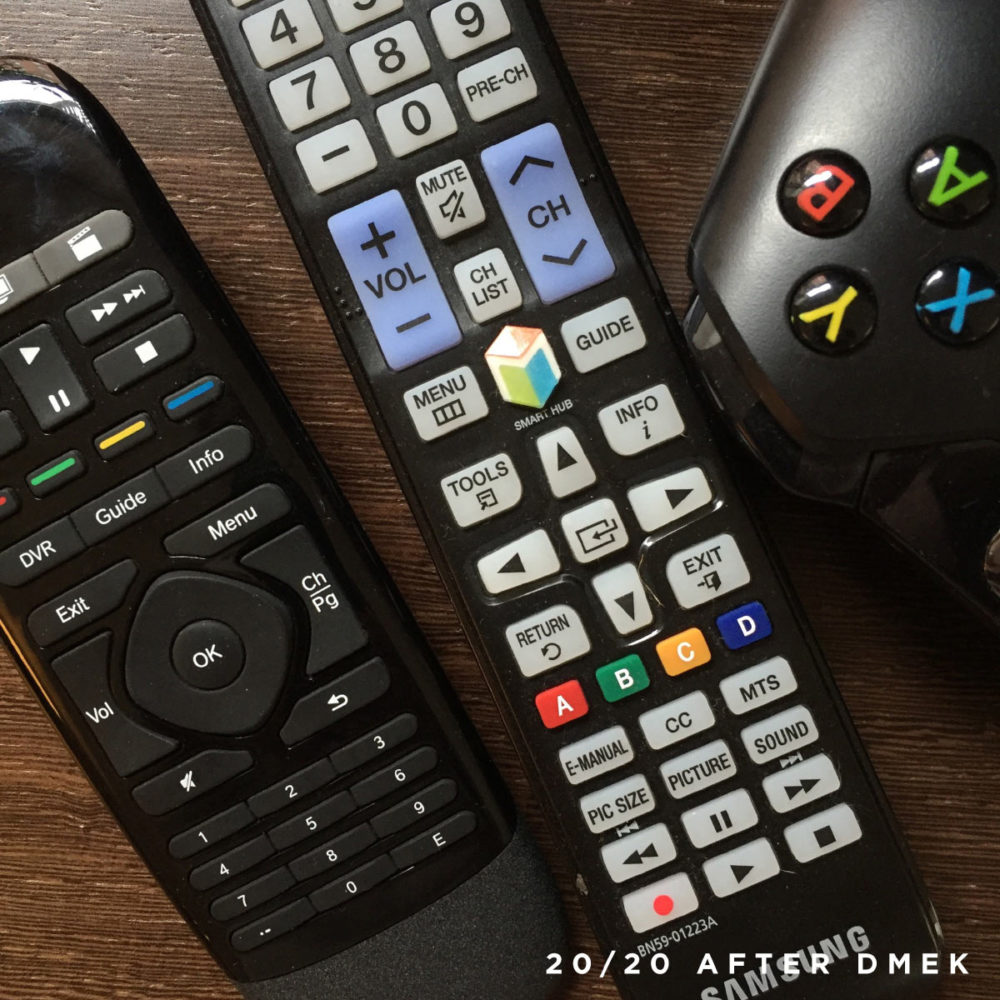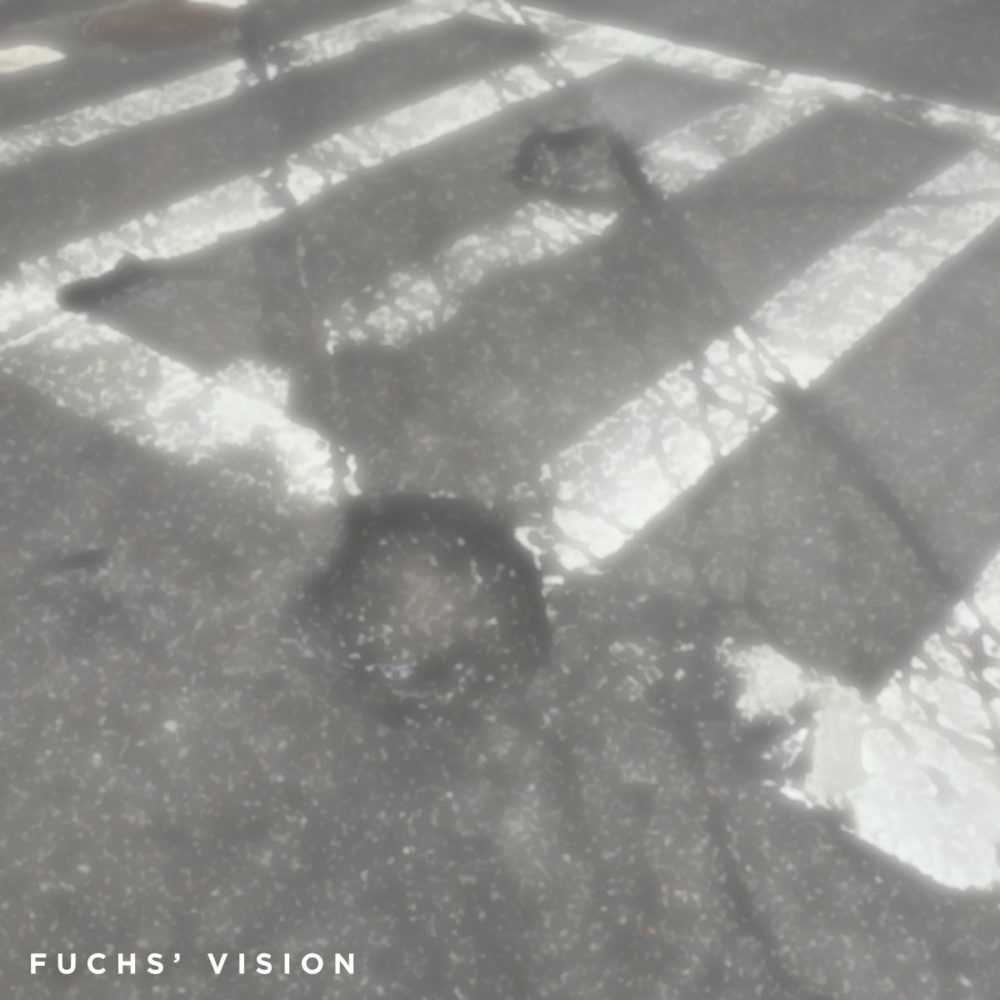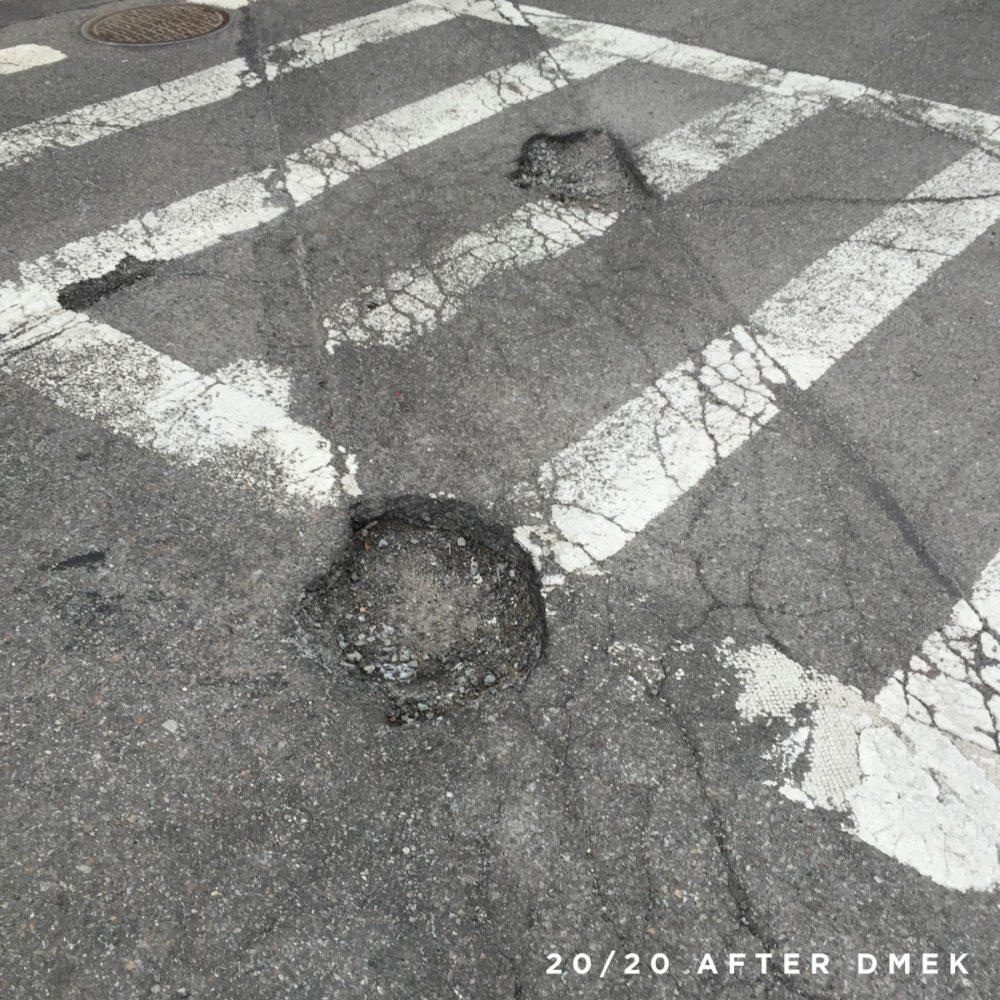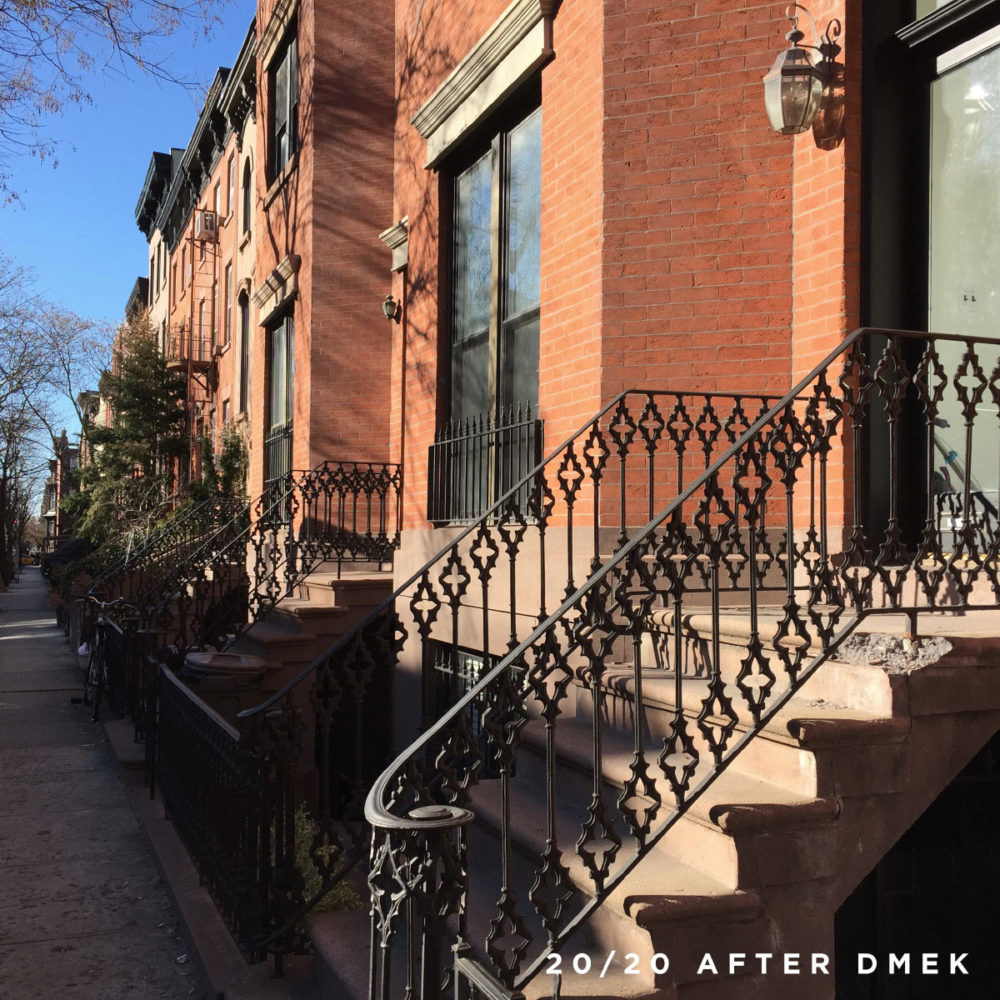Fuchs’ Dystrophy
What Is Fuchs’ Dystrophy?
Fuchs’ Dystrophy is a corneal disease that causes excess fluid buildup in the cornea. It is a slowly progressing disease, the cause of which is unknown. The disease is usually passed on from a parent who suffers from the condition.
The cornea is made up of several layers, including the most inner layer, the endothelium. In a healthy cornea, the endothelial cells act as a pump or filter, draining any excess fluid from the cornea in order to maintain its clarity.
Fuchs’ Dystrophy affects these endothelial cells, causing them to deteriorate and eventually die. The result is a less effective drainage pump and fluid buildup in the cornea. This fluid buildup causes a number of reactions, including swelling, pain, cloudiness, and eventually reduced vision.
Am I at Risk for Fuchs’ Dystrophy?
The actual cause of Fuchs’ Dystrophy is unknown, but it is apparent that the disease is hereditary. However, the degree of which one family member experiences symptoms can vary greatly, so it is not uncommon for a person to pass along the disease unknowingly to their offspring.
People That Are More Likely to Develop Fuchs’ Dystrophy
- Women – who are 5 times more likely to develop the disease then men
- People with an immediate family member who has the disease
- People over the age of 50
What Are the Symptoms of Fuchs’ Dystrophy?
The symptoms of Fuchs’ Dystrophy usually don’t appear in people until they are age 50 or older, although in some cases they can appear sooner. They include:
-
- Blurry or distorted vision
- Impaired night vision
- Light sensitivity
- The appearances of glare and halos around lights
- Pain/pressure in your eyes
- Tiny blisters on your eyes
- Your eyes look cloudy in the mirror
- Vision that is cloudy in the morning and clears up as you go through the day
Are There Treatment Options for Fuchs’ Dystrophy?
Luckily, Fuchs’ Dystrophy can often be treated with Descemet’s Membrane Endothelial Keratoplasty (DMEK) surgery. DMEK is the most exciting option available to treat the decreased vision and swollen, cloudy corneas seen in Fuchs’ Dystrophy. DMEK has been shown to offer patients the best chance to see 20/25 or better, resume normal activities quickly, and avoid vision-threatening rejection episodes. This is because DMEK is the most anatomical repair possible – just one cell layer (the endothelial cells) and a thin membrane all of which is only 15 to 20 microns thick. Dr. Francis Price, Dr. Matthew Feng, and Dr. Anjulie Gang have combined to perform more DMEK procedures than any other doctors in North America.
A Patient’s Perspective
Price Vision Group patient Ninja Von Oertzen provided us with these “Before and After” images illustrating her experience with Fuch’s Dystrophy and her improvement after treatment with DMEK surgery at Price Vision Group. Move the slider to the right and left to see the before and after difference.



